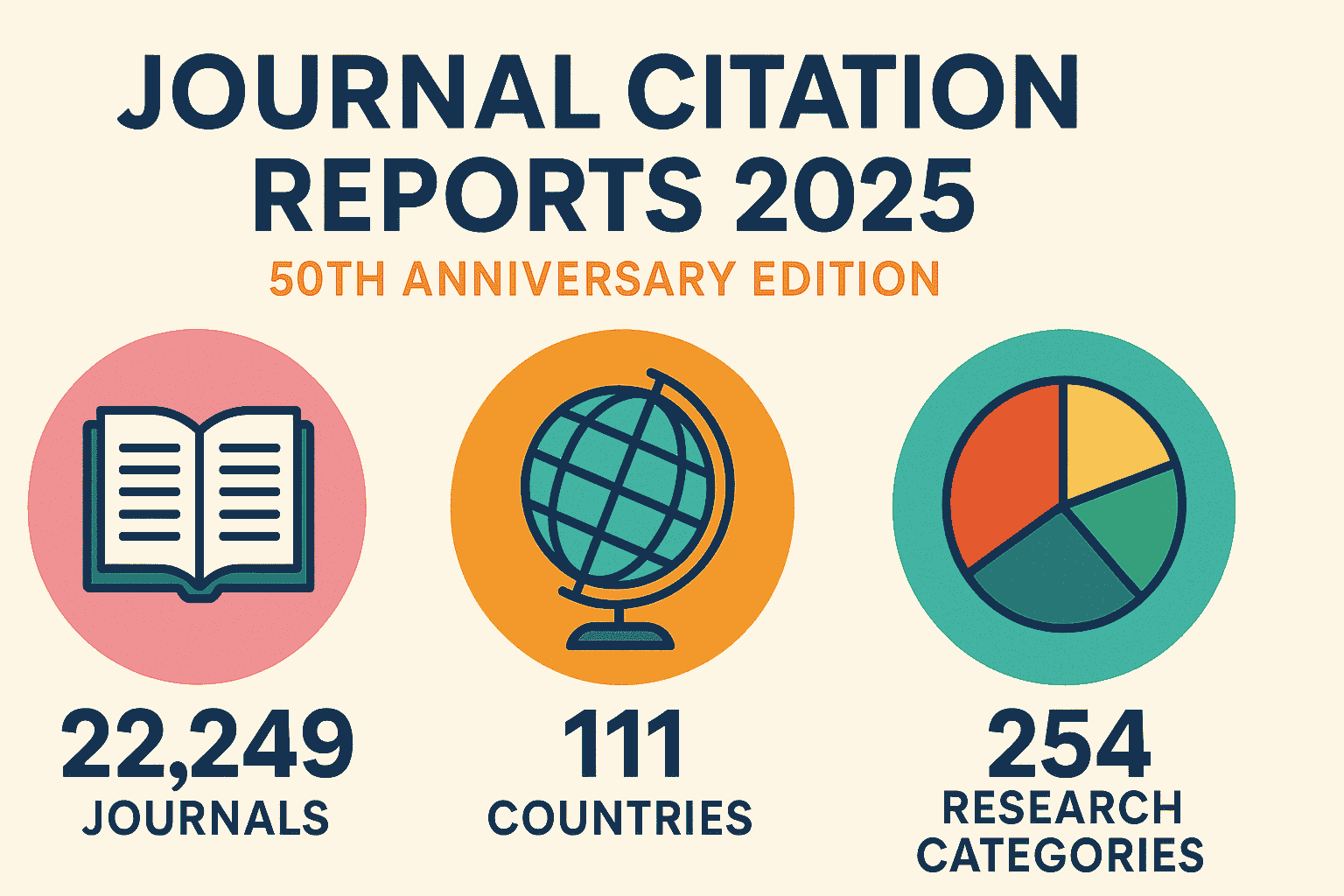DNA Quantification using Nanodrop spectrophotometer
DNA Quantification using Nanodrop spectrophotometer
The nanodrop spectrophotometer is commonly used to quantify DNA concentration and assess purity. Here is a basic outline of the process:
1. Calibrate the machine: It’s usually done by using a blank solution that the machine will use as a base reading. This is typically the same solution your DNA is suspended in, such as pure distilled water or TE buffer.
2. Measure the Sample: Once the Nanodrop is calibrated, you can measure your sample. Apply a small amount (1-2 µl) of your sample to the measurement pedestal.
3. Take the Reading: Close the arm of the Nanodrop and take the reading. The machine will provide you with measurements at various wavelengths that can be used to quantify and qualify your sample.
The key measurements you’ll find in the Nanodrop report are:
– 260 nm: This is the absorbance value of your DNA. The concentration of your DNA (ng/µl) is calculated based on this value.
– 260/280 ratio: This ratio gives you an indication of the purity of your DNA. Pure DNA generally has a ratio of around 1.8, while lower ratios may indicate protein contamination.
– 260/230 ratio: This is another measure of purity. The optimal value tends to be above 2.0. A lower ratio could indicate organics, salts, or other compounds contamination.
Remember, while Nanodrop is a fast and easy method for quantifying DNA, it might not be the most accurate when it comes to very low concentrations or when the sample is contaminated. In such cases, fluorescence-based quantification methods like Qubit might be more appropriate.








